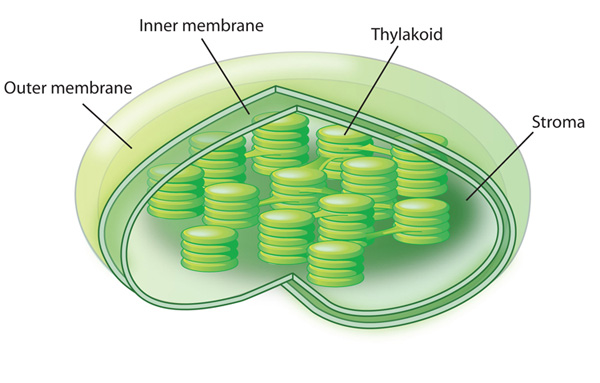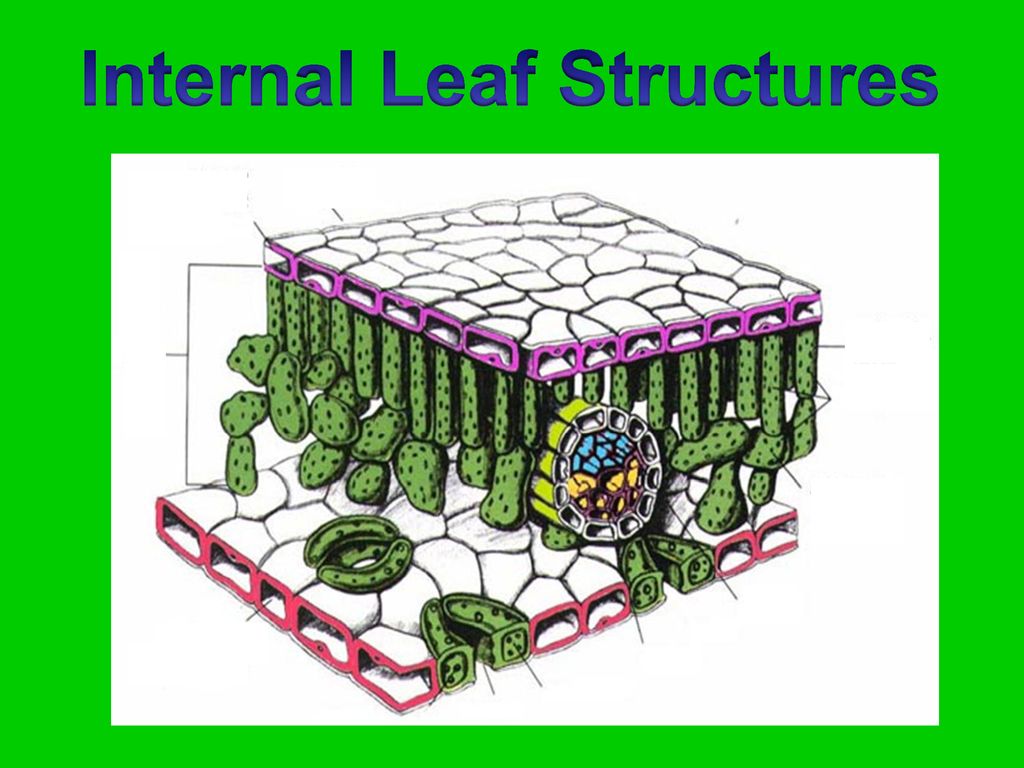What organelle does photosynthesis occur in?
Chloroplast

What pigment allows plants to absorb sunlight?
What organelle does cellular respiration occur in?
Mitochondria

Energy is stored in the form of_________.
ATP
FREE
What are the two products of photosynthesis?
Oxygen & Glucose
What molecule captures the radiant energy from sunlight?
Chlorophyll
What are the two products of cellular respiration?
CO2 & H2O
(Carbon Dioxide) (Water)
What is the purpose of ATP in both photosynthesis and cellular respiration?
A. To breakdown glucose to release energy
B. To work as an enzyme
C. To absorb electrons from water
D. To transfer energy from one molecule to another
D. To transfer energy from one molecule to another

Photosynthesis
What food does plants produce?
Glucose
Which had the greatest number of atoms per molecule?
A.Carbon Dioxide
B.Water
C.Oxygen
D.Glucose
D. Glucose
C6H12O6
What is the difference of aerobic & anaerobic respiration?
Aerobic- takes place with OXYGEN.
Anaerobic- takes place without OXYGEN.
During chemical respiration the organelle breaks down glucose to release chemical energy. How is chemical energy used?
A. The chemical energy is used to form more glucose
B. The chemical energy is used to form ATP
C. The chemical energy is converted into CO2
D. The chemical energy is converted in O2
B. The chemical energy is used to form ATP

Cellular Respiration
The first stage of photosynthesis in a chloroplast is?
A. light-independent
B. light-dependent
C. temperature- dependent
D. ATP-driven.
B. Light dependent
In order for photosynthesis to occur it has to depend on the sunlight.
T/F
The products of photosynthesis serve as the reactants in cellular respiration to provide chemical energy?
TRUE
What occurs inside of a cell while performing the process of respiration?
A. The negative charge inside of the cell is used to increase the concentration chemicals inside of the cell.
B. Light reactive chemicals combine carbon dioxide and water to form glucose.
C. Sugar is broken down to generate ATP molecules.
D. The cell membrane forms around air bubble to create a vacuole.
C. Sugar is broken down to generate ATP molecules.
What does aerobic and anaerobic cellular respiration have in common?
A. Both require O2 to break molecular bonds for ATP.
B. Both processes occur in all living organisms.
C. Both produce relatively equal amounts of ATP.
D. Both are metabolic pathways by which cells obtain or use energy.
D. Both are metabolic pathways by which cells obtain or use energy.

Stomata
FREE
What occurs inside of a cell while it is performing the process of photosynthesis?
A. Sugar is broken down to generate ATP
B. Light reactive chemicals combine CO2 and H2O to form glucose
C. The negative charge inside of the cell is used to increase the concentration chemicals inside of the cell.
D. The cell membrane forms around air bubbles to create a vacuole
B. Light reactive chemicals combine CO2 and H2O to form glucose
A _________ produces energy from food to power cellular processes.
Mitochondria
Write the chemical equation for photosynthesis and cellular respiration.


